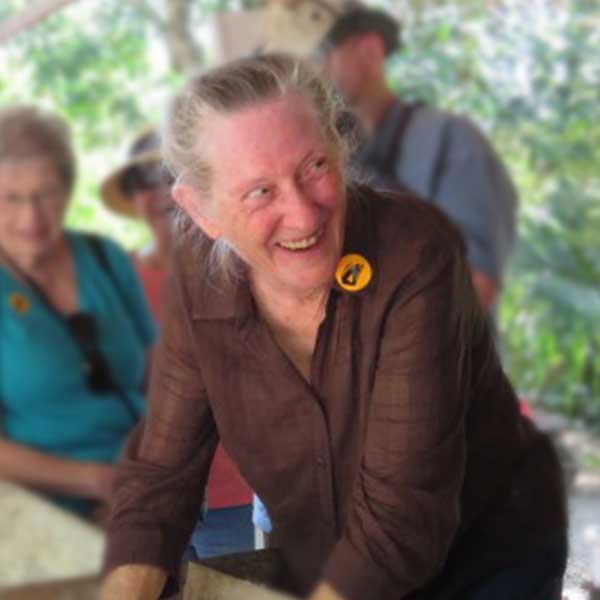In response to the comment from Wendell Zimmerman in the July edition of Acres U.S.A. where he suggests the promotion of the Haney test, I want to heed a note of caution.
The Haney test has several very good attributes but is also not without several flaws that could lead to serious misinterpretation of results.
Here’s some background to Dr Rick Haney’s’ thought process that led to the development of the test. The test claims to mimic nature and how “nature would have evaluated the state of affairs” about soil health and nutrient supply. The following were the main issues emanating from his thought process.
- The test was developed around 2011/12 from the simple question; how does nature provide all the nutrients in the wild without the interference from human beings? This narrative evolved strongly towards the issue of nitrogen and how zero-nitrogen-fertilized plots still provide a reasonable crop in fertilizer trials. He wanted to calculate this quantity as a fertilizer savings quantum, which is one of the very good positives emanating from the Haney test.
- The objective of measuring nature’s process of nutrient provision was done through the development of a “nature-mimicked” extractant known as H3A that is a laboratory-made root exudate copy used for plant nutrient mineral extraction. The rationale was that it does not rain Mehlich-3 or ammonium acetate (the conventional chemical extractants used to evaluate the nutrient status of soils), but it rains water.
- To incorporate the soil microbiology, the 24-hour CO2-C soil respiration test is added since it has a good correlation with soil health and a good measure of the total soil microbial biomass.
- The test further incorporates an analysis of the Water Extractable Carbon (essentially sugars) and Water Extractable Nitrogen (essentially amino acids and amino-acid-like compounds) regarded as microbial food but also an organic plant available form.
Here are some technical issues with Haney Soil Health test:
- The H3A extract — although a thoughtful advancement — misses the point of how nutrients are absorbed by roots and merely provides another extracting solution to the fray of already well supplied solutions. This is exactly why the well-established soil nutrient extractants have yield data calibration substantiating the level of sufficiency for each analyzed nutrient, as well as tissue sample analysis to corroborate and provide confidence to these laboratory results.
- The H3A-extracted nutrients in the Haney test are widely regarded as plant available; however, being plant available does not mean that it will be absorbed.
- The Haney test therefore lacks area-specific calibration for confidence of the fertilizer recommendations.
- The H3A extract is a poorly buffered extract that undervalues nutrients in a slightly saline soil above a pH of 7.
- In nature there is a continual root exudate flow that negates the salination of the rhizosphere environment, and we have confident measures that the pH within the rhizosphere is substantially lower than in the bulk soil.
- WEOC and WEON are not the only microbial food sources, and using this simplified measure could skew the C/N ratio measured.
- Several organic substances such as cellulose, hemicellulose, pectin and other common organic materials (not water soluble) composed of polymerized 5- and 6-ring sugar strings are also sources of carbon and are not brought into the calculation.
- The same could be true for WEON as the only source of nitrogen microbial food. The presence of proteins as a soil organic component is degradable into peptide chains, and ultimately into amino acids, by microbial action utilizing nitrogen as food source in the decomposition process.
- WEOC as the only carbon energy food source is therefore questionable and is the reason why the calculation of the Microbial Active Carbon percentage (MAC%) measurements of well more than 100 percent has a higher than acceptable occurrence and is almost always found with high soil-organic samples.
- This value influences the WEON nutrient release quantity, which could affect the nitrogen fertilizer recommendations because of this error.
As a closing remark, I would like to say there is no single “right” soil test, and promoting one over another only supports one’s bias. I, along with many readers of Acres U.S.A., appreciate the diverse discussions on how to best care for the land and to be a profitable farmer.
Willie Pretorius
Soil Health Consultant
Ward Laboratories, Inc.

Margaret Merrill, a lifelong friend of eco-agriculture and Acres U.S.A., died this past winter in her home state of Virginia. She served as an agricultural librarian at Virginia Tech until her retirement. Significantly, until her health faltered a couple of years ago, she was the only person who had attended EVERY Acres U.S.A. Conference — including the publishers. She was a fixture at the conference and would help anyone seeking guidance find the right connection, resource, book or article. She received the Acres U.S.A. Eco-Ag Achievement Award in 2015 for her decades of ground-level support for eco-farmers worldwide. She was one of the good ones, and she is sorely missed.

We are also saddened to hear of the death of Dr. Paul Dettloff. Dr. Paul was a veterinarian and holistic livestock expert whose books and consulting work helped create the organic dairy industry. He was the very deserved recipient of the Acres U.S.A. Eco-Ag Achievement Award in 2019. He reached a wide range of readers with his books Alternative Treatments for Ruminant Animals and Dr. Paul Dettloff’s Complete Guide to Raising Animals Organically, and he helped improve the lives of countless farmers and their animals.

















